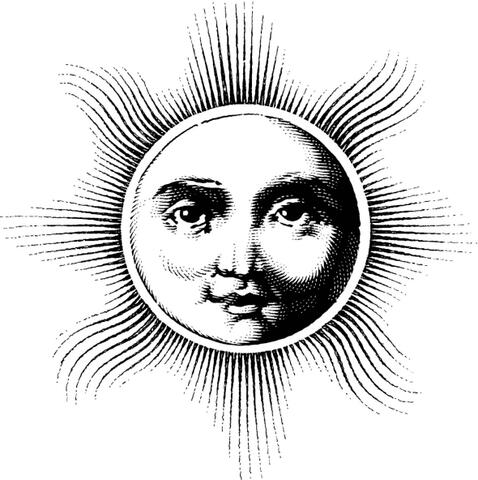As he went to work on the morning of September 13, 1848, Phineas Gage could not have known that he was about to amaze the world, confound doctors, and lay the basis for modern brain surgery.
Although Gage was a bit of an oddity in the brawling business of railroad building—he attended prayer meetings and did not swear or drink—he was a well-liked and respected foreman. His men appreciated his fair treatment, and they knew that he would often perform dangerous tasks himself.
At that time, contractors were struggling to complete Vermont’s Rutland Railroad, which was to cross the Green Mountain State from Bellows Falls on the southeast side to Alburg at the northern tip of Lake Champlain. Building the “ends” in the broad river valleys was simple; crossing the Vermont mountains was a task that broke one contractor after another.
Because locomotives could not pull a train up a steep grade, the builders had to blast away any rock outcrops as they slabbed the roadbed up the sides of the mountains. The stone was drilled by hand, then blasted with black powder. A driller would keep slamming his sledgehammer down on the “point” while a helper held it in. It was tedious work, but it did not seem so bad when they were singing. The leader boomed out in a strong voice, “The foreman’s name was Tom McCann.”
The chorus answered in a high-pitched wail: “Drill, ye tarries, drill.”
One hundred yards away, Gage was “charging” the drilled holes with black powder and tamping them with an iron bar that was 42 inches long, 1 1/4-inches in diameter, and tapered to a point at the top end. Once a hole had enough powder in place, he would slide down fulminate caps and fuses and fill the holes with mud. In the distance, thirty hammers made one loud click as they hit the drills together. The song leader continued: “Tom McCann was a very mean man.”
And again, “Drill, ye tarr …”
The refrain was never finished. At first, the crew took the sharp noise to be a musket shot. Then they noticed a cloud of acrid black smoke, which told them that the powder that Gage had been tamping had exploded. A gust of wind blew the smoke away, and they then saw Gage, who was vacantly staring into space. Several drillers ran over to make sure that Gage wasn’t hurt. His cheek was torn and some blood ran down from the top of his head. They gathered that he had been hit by rock fragments.
Fifty feet away, Elim O’Doyle picked up the tamping bar. It was covered with blood and brain tissue. He carried it over to where the others were standing, and suddenly it dawned on them: The bar had been blown completely through Gage’s head! It had scraped the left side of his jaw, gone up behind his left eye, and out through the top of his skull.
An oxcart was found to take Gage to Cavendish, where there was a doctor, and he stayed conscious all the way to town. Gage sat on the tavern steps while one of his crew went to find the physician. It took several hours to locate Dr. John Martyn Harlow, who, as soon as he took a look at Gage, confided to the foreman’s friends, “No man can live with a hole in his head. Have him measured for a casket.”
However, since it was apparent that Gage was living, they carried him upstairs and put him to bed.
Every meal that Gage ate was expected to be his last, but after 3 weeks, he announced, “My head is not aching much anymore, so I guess I will go back to work.”
And he did, but not at his previous job. He was a changed man after his injury. He was said to hold forth in saloons and tell outrageous yarns that he maintained were true.
Still, Gage was able to drive coaches, a physically and intellectually demanding job, for a few years, including in Chile, where many New England railroad builders went to lay track in the Andes. But he eventually returned to the States. In the winter of 1860, he began to experience epileptic seizures. These led to his death on May 21 of that year.
Although an account of Gage’s accident had been printed in the Harvard Medical Journal, many doctors thought that it was a hoax. Phineas Gage had to die to prove that he had survived. He was disinterred in 1868, and his head was shipped to Dr. Harlow in Massachusetts. Harlow gave the skull and bar to Harvard’s Countway Library of Medicine, one of the largest medical libraries in the world, where they may be seen today.
The medical profession had previously supposed that disturbing the lobes of the brain would bring certain death. Since Phineas Gage’s accident showed that this was not the case, however, this event laid the basis for modern brain surgery. His recovery also showed the possibility of recovering complex psychosocial skills even after a horrific injury.










Comments